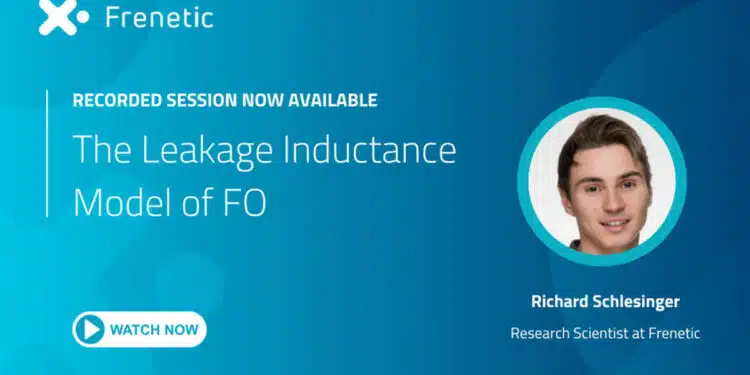Frenetic published power electronics webinar recording with their research specialist Richard Schlesinger on transformer leakage inductance behaviour and modelling.
Transformer leakage inductance is crucial in many topologies such as flyback converters, dual active bridge converters, and resonant converters impacting operating parameters such as switching behavior, overvoltage, and losses.
Hence, the power electronic designer needs an accurate prediction of the transformer leakage inductance in the design stage, which Frenetic is able to do with a new leakage inductance model added to the online simulator.
Fill out the form to download the webinar recording:
White paper and excerpt on this topic can be found in the link here:
Frenetic Presents its Online Leakage Inductance Model





























